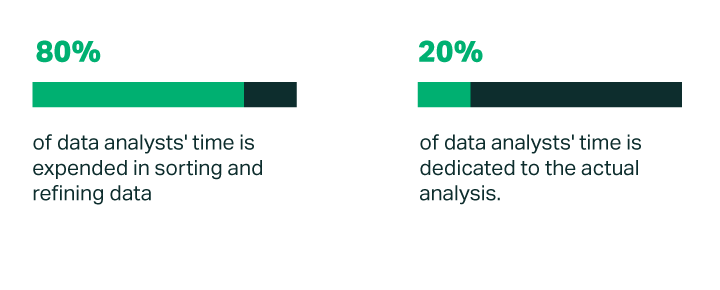In the realm of business, decoding shifting variables and anticipating potential changes is essential for discerning patterns and trends that can unravel complex problems or pave the path toward achieving organizational goals. Establishing robust data collection and management processes is an integral part of this effort.
Identifying key stakeholders who will spearhead the data collection initiative is the first step to effective data management. In order to ensure a comprehensive understanding of the operational landscape, this mandate extends across all levels of an organization, including data originating from both internal and external sources. Furthermore, validating data integrity is vital, especially for organizations adopting data-centric approaches to purge incomplete or extraneous information.
Data collection involves three crucial steps:
Role Allocation for Data Collection and Management: The purpose of this stage is to determine who or which team will be responsible for acquiring and managing the data.
Establishing a Data Collection Protocol: Setting the foundation for systematic and accurate data collection is a well-defined protocol that details the steps involved in the process.
Data Cleansing and Processing: Data are meticulously cleaned and processed before being analyzed in order to be interpreted meaningfully.
Depending on the specific analytical requirements, organizations may enlist specialized skill sets to facilitate the integration of data from diverse sources through cohesive systems.
 With seamless accessibility being a priority, select analytics platforms allow all stakeholders access to data, promoting connectivity and operational efficiency across organizations.
With seamless accessibility being a priority, select analytics platforms allow all stakeholders access to data, promoting connectivity and operational efficiency across organizations.







